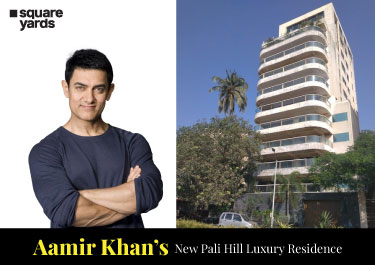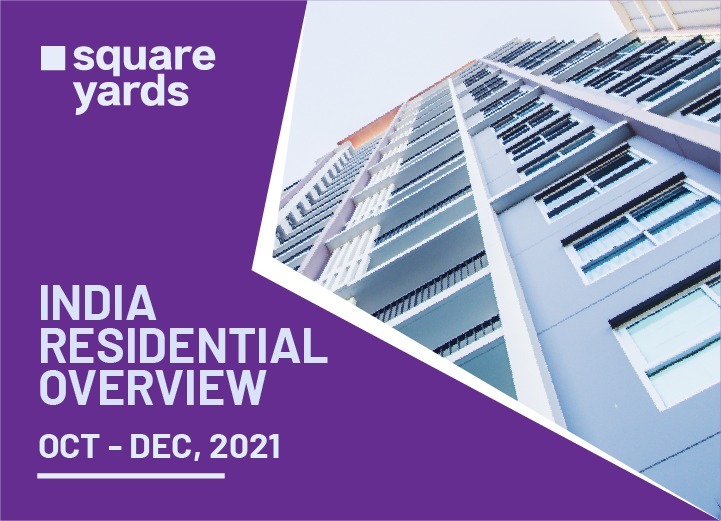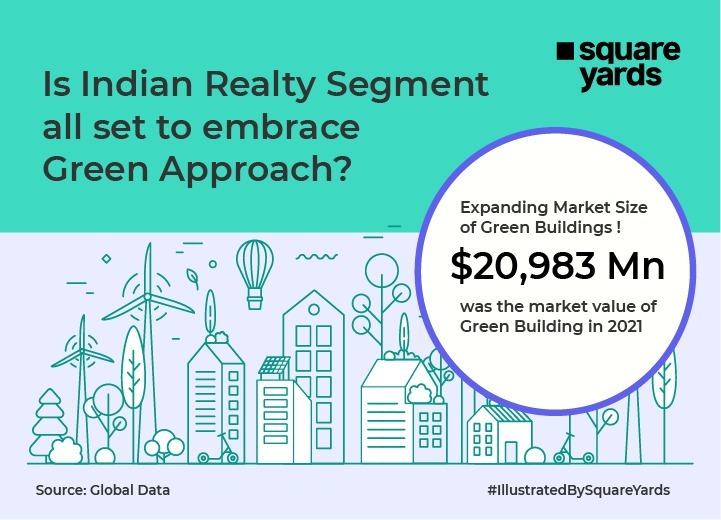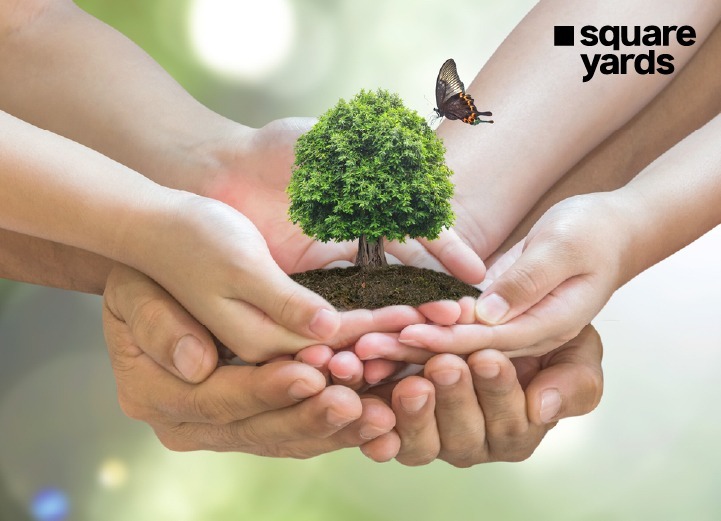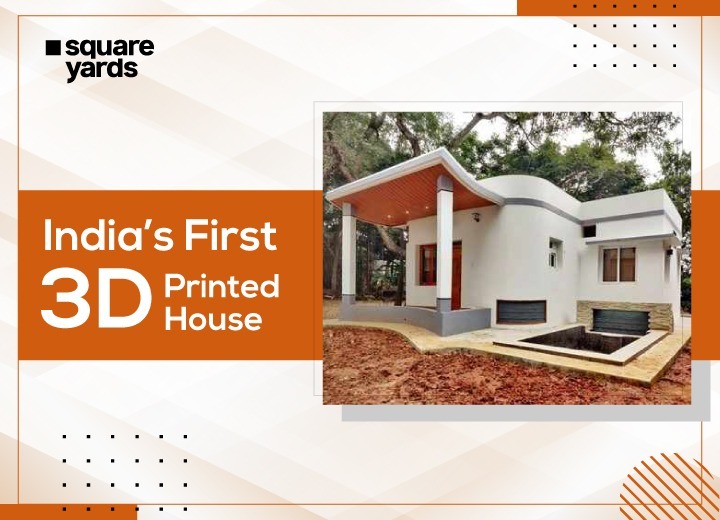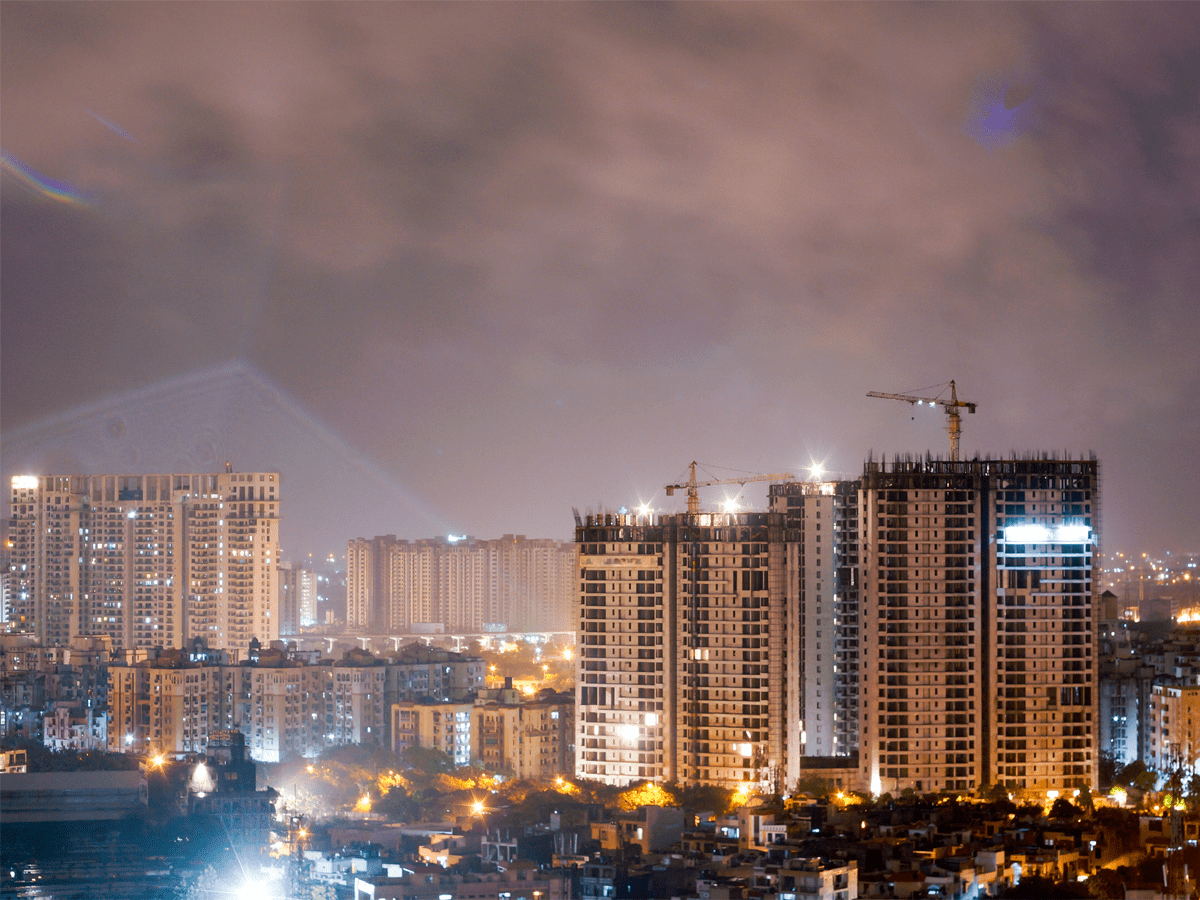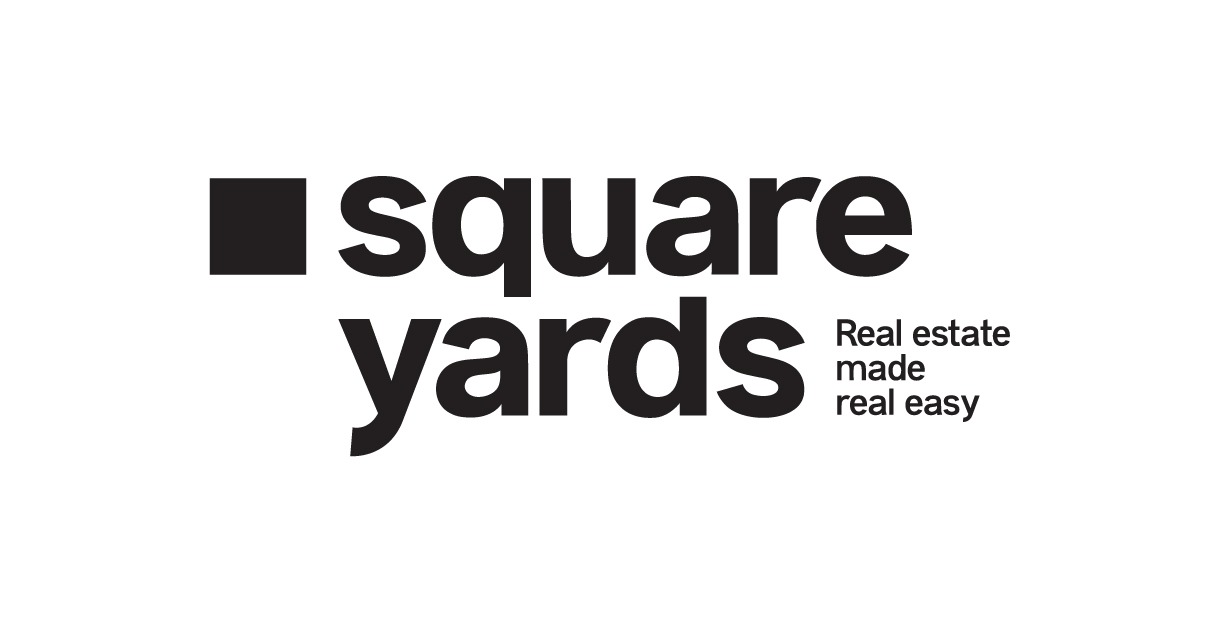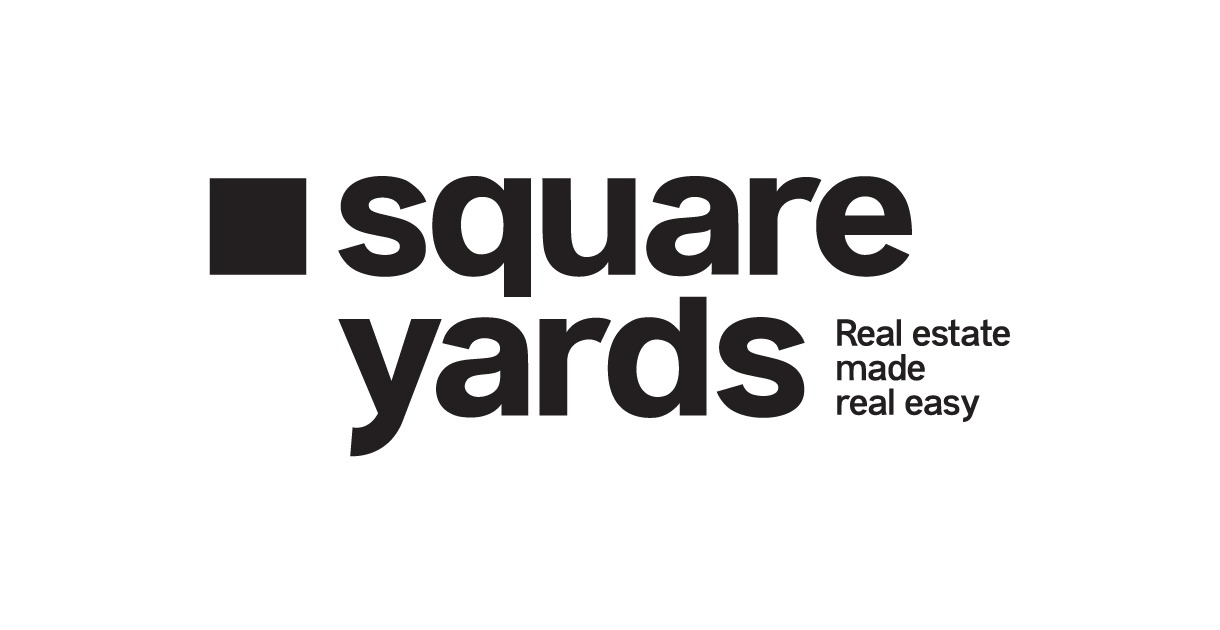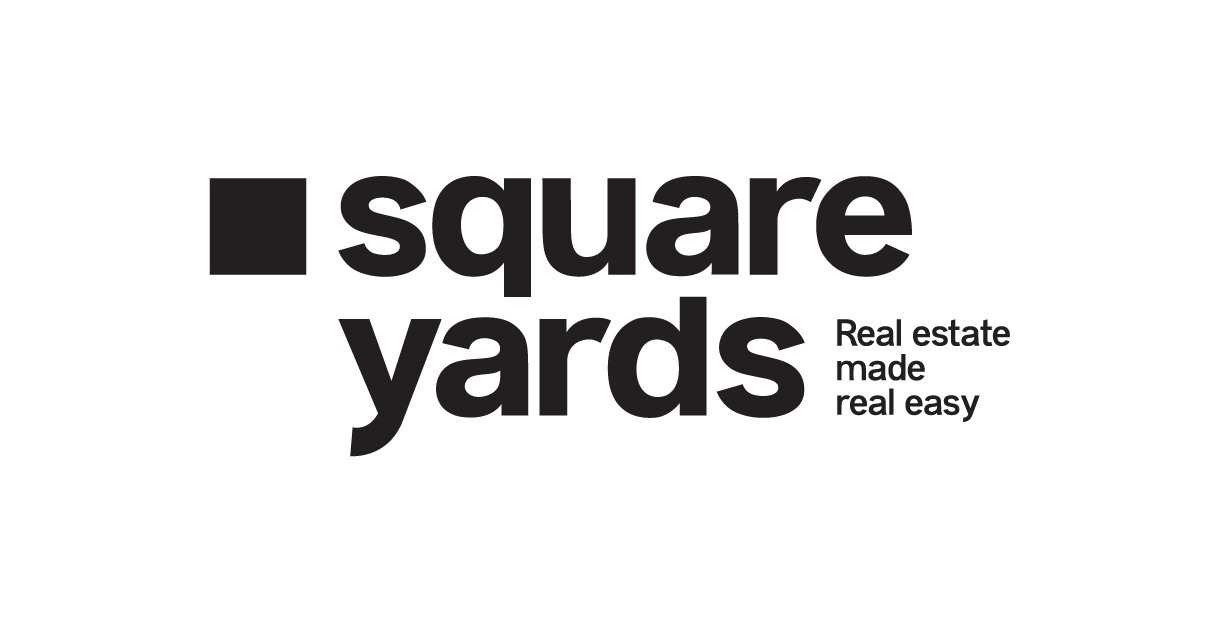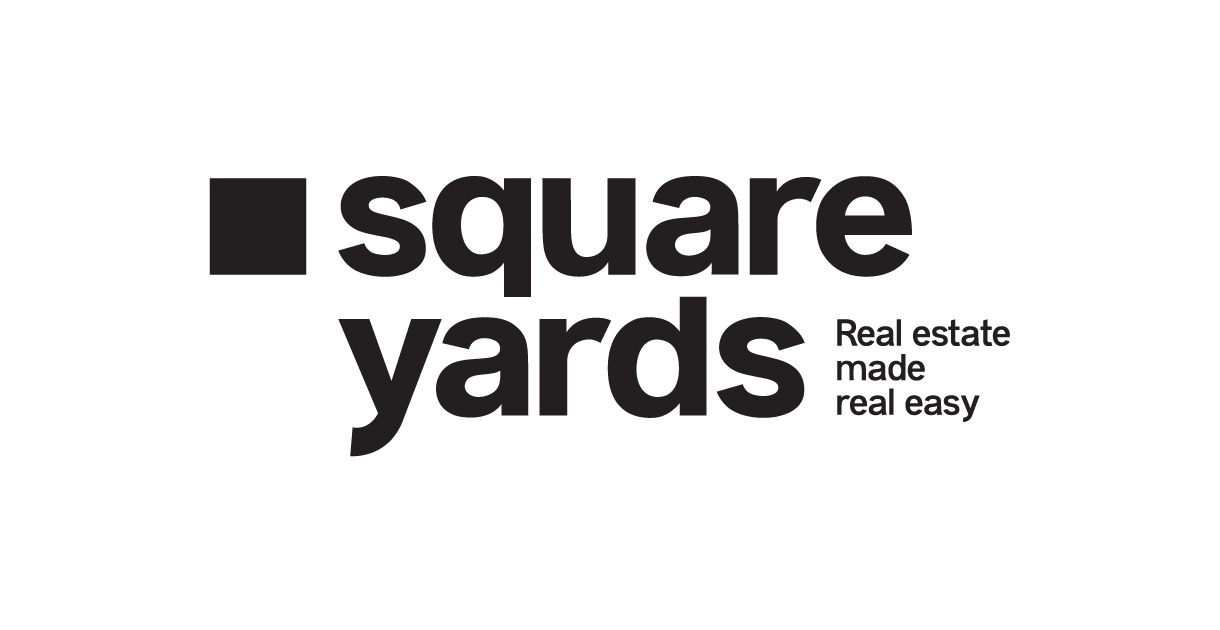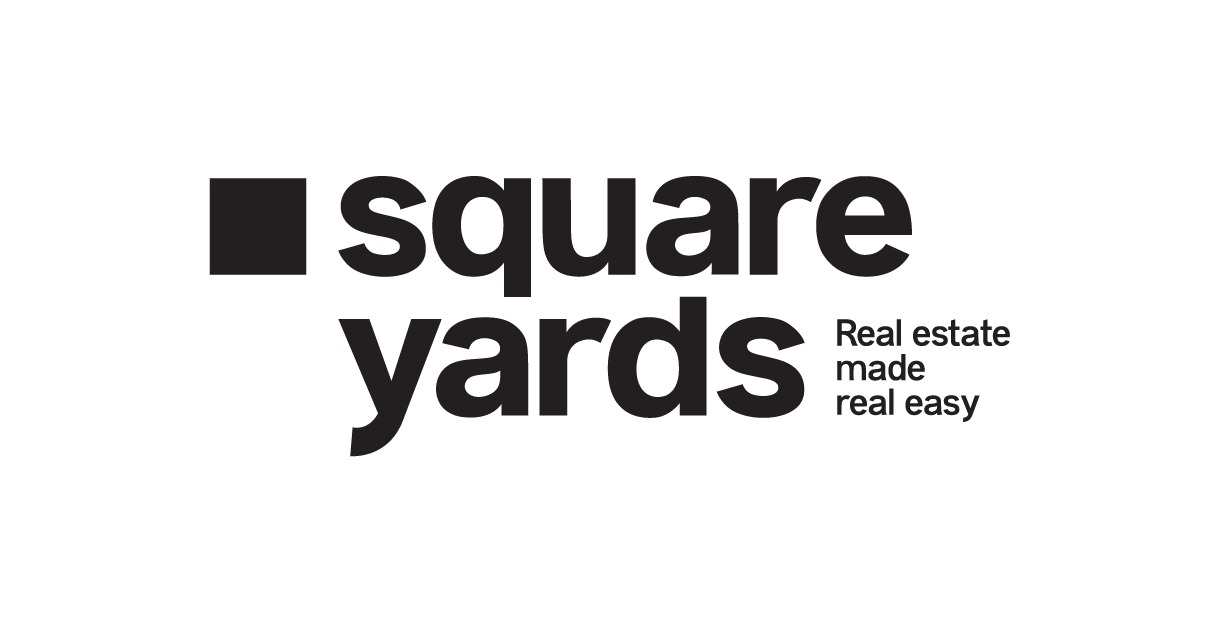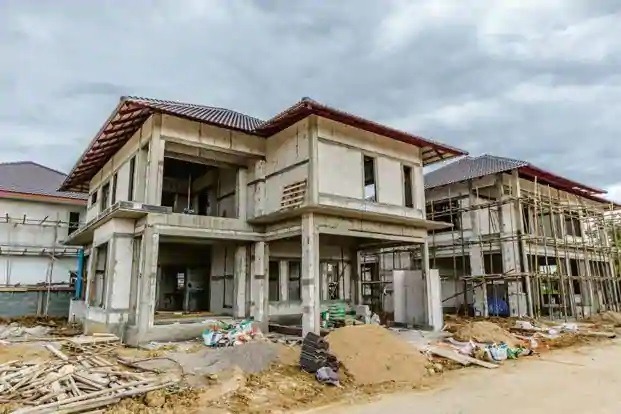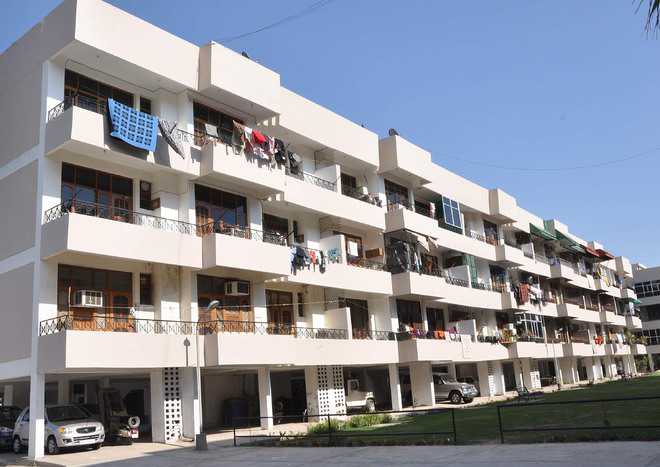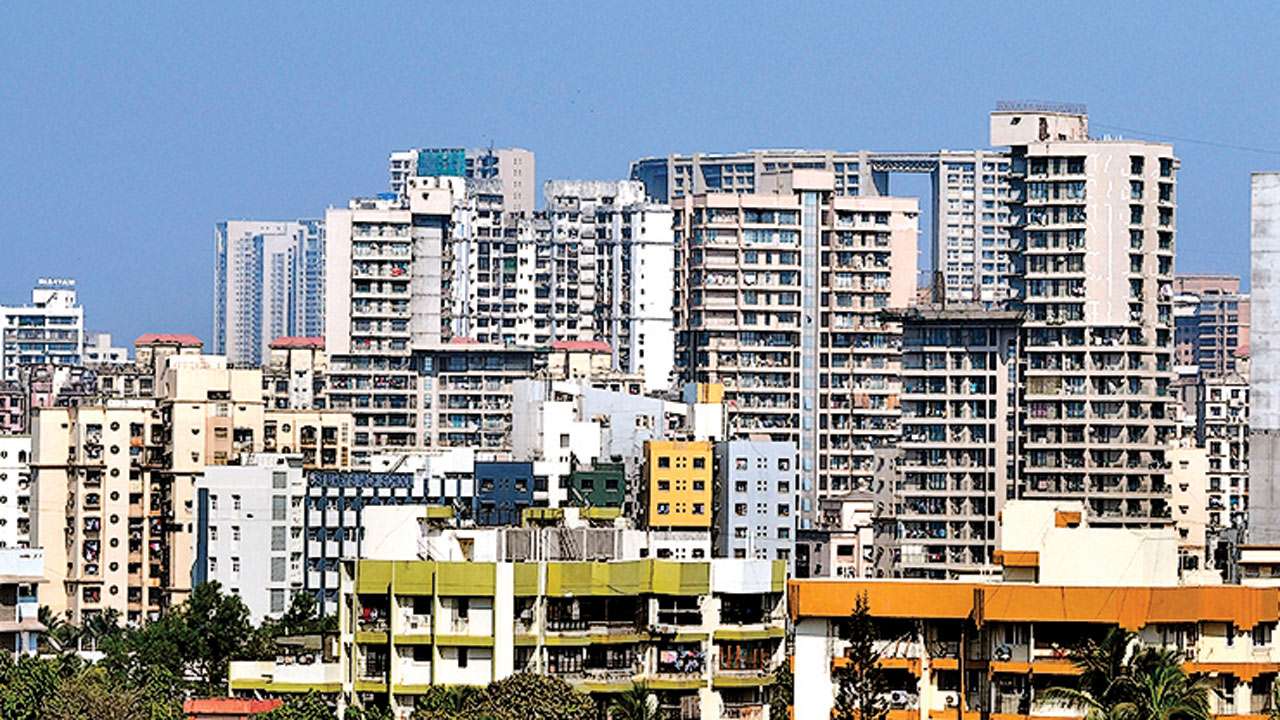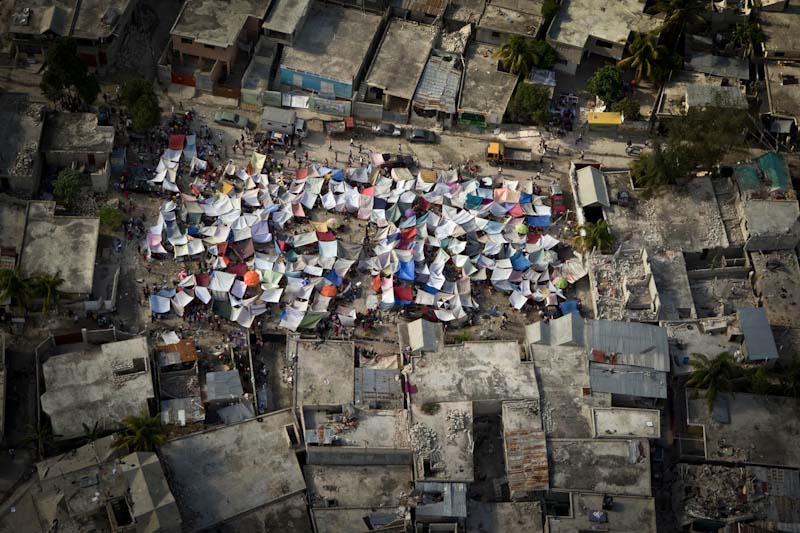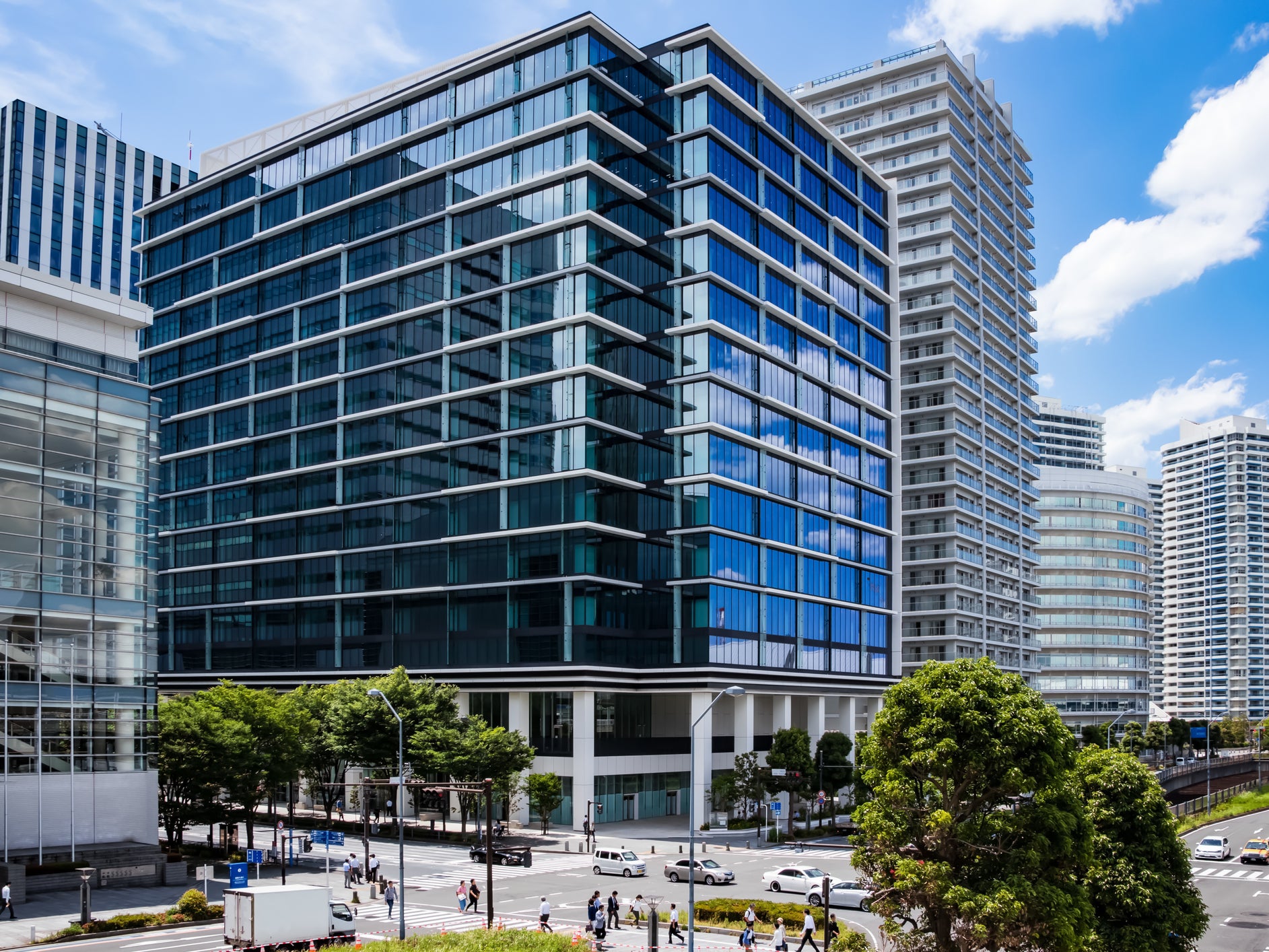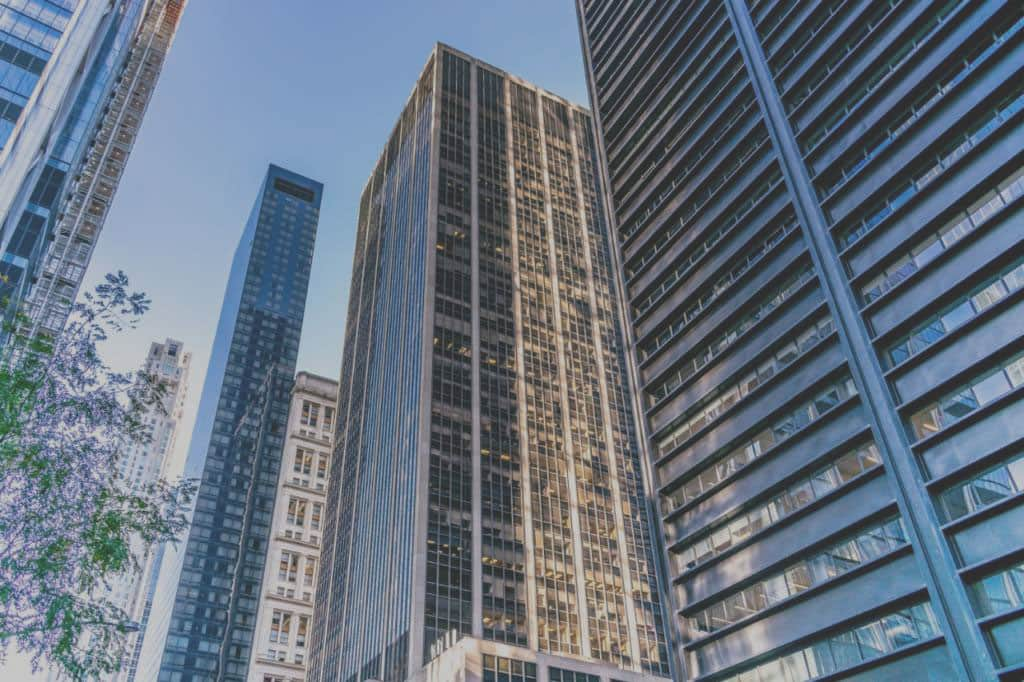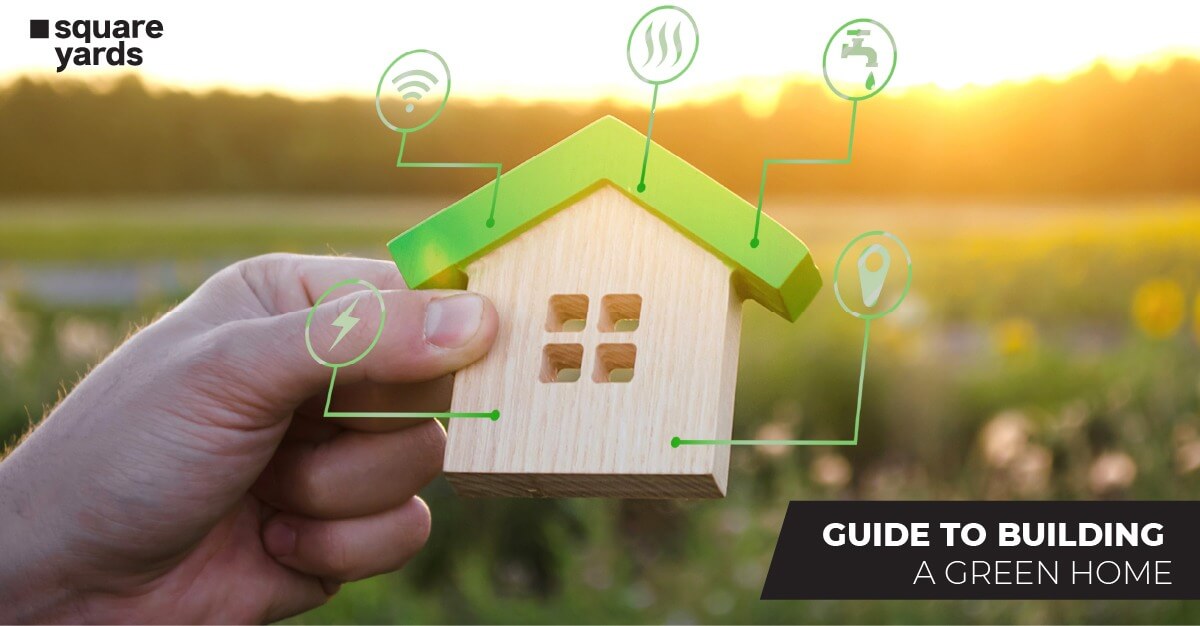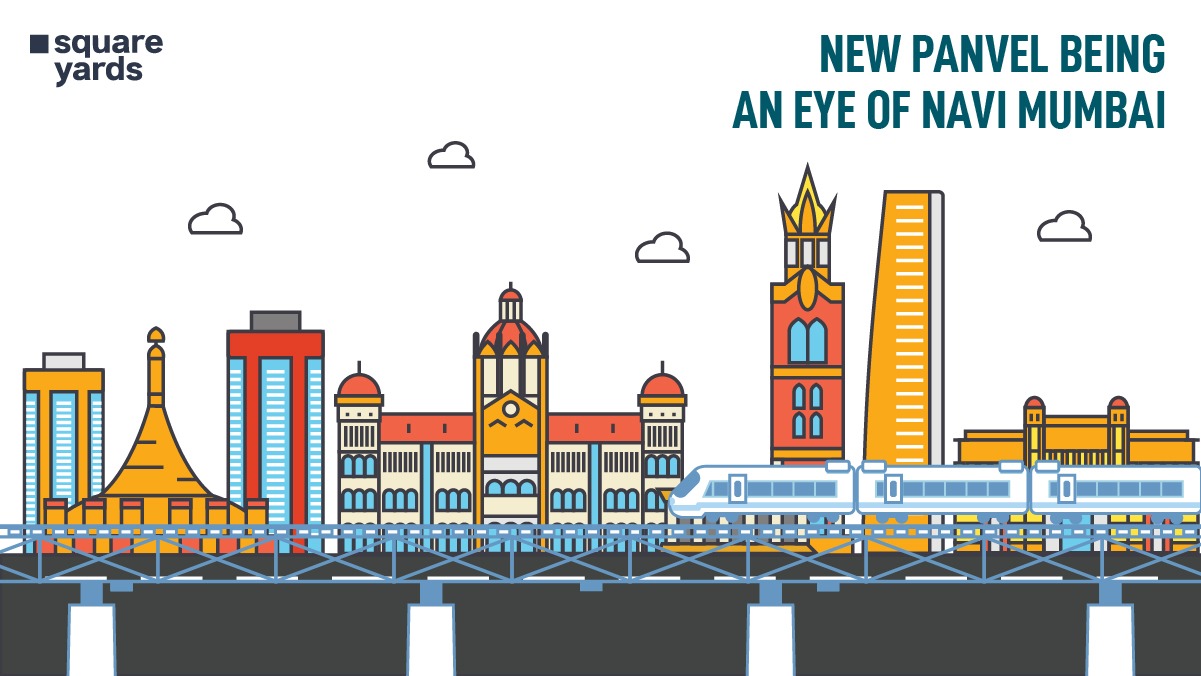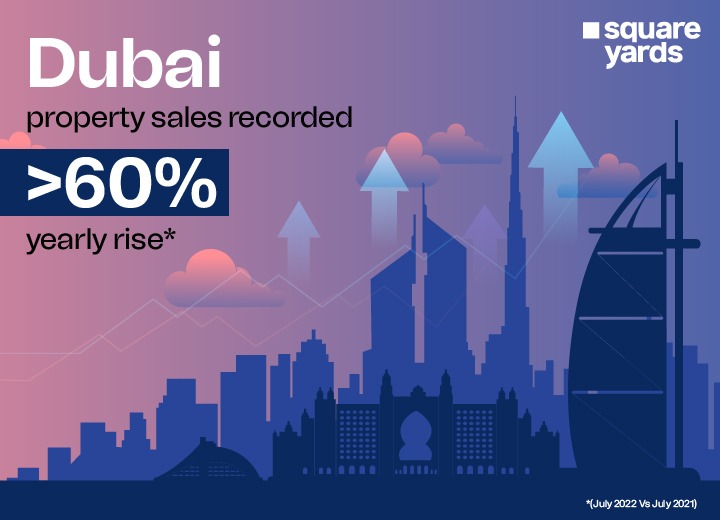Whether running through a park or swimming in the ocean, being engulfed in nature brings clarity and tranquillity to the way we think. Today, we spend almost 80-90% of our time indoors- and the max travel we do is usually restrictive between our homes and workplaces. This certainly limits us from making the most of the nature that surrounds us. But hey, the desire to connect with nature is in our DNA, right from being hunter-gatherers who moved into caves to being tech-savvy in our present-day urban jungles. That’s why biophilic designs has been introduced into our lives.
“In every walk with nature, one receives far more than one seeks.” – John Muir, 19 July 1877
Simply put, the primary goal is to create a habitat for human specimens, inhabiting communities and landscapes. Biophilia seeks to satisfy our innate need to affiliate ourselves with nature amongst the rush of modern cities and buildings.
To usher in that cause, recently, for Milan Design Week 2022, CRA – Carlo Ratti Associati and Italo Rota transformed Brera’s Botanical Garden into an energy-generating Park: Feeling The Energy. This stunner features copper pipes designed as a path that lets people explore different sources of sustainable and renewable energy. In the chaos of our urban lives, such parks surely come as a blessing, allowing us to be closer and more akin to nature.
View this post on Instagram
What is a Biophilic Design?
Biophilia is described as an innate tendency to seek connections with nature. The term originates from the Greek word ‘Philia’, meaning ‘love of’ and simply put- a love of life or living things. The term was later used by American Biologist, Edward O. Wilson in his work Biophilia, stating that humans have an inherent need to connect to the natural world. Although this is a relatively new concept, indicators of biophilic design have been seen in architecture from as far back as the Hanging Gardens of Babylon and Alhambra of Granada. Today, biophilia is a thriving design practice focused on increasing our exposure to a green environment by tapping into multi-sensory experiences.
A recent example of green architecture can be seen in the latest Marvel film, Doctor Strange, where the titular character enters an alternate universe. Though the storyline was well crafted, We found ourselves fascinated with the buildings in an alternate reality. Here, New York City is surrounded by structures with green facades and public terraces with plants, trees and vines, creating a visual of the future that has embraced the theme of biophilic design.
What is Behind the Appeal of Biophilic Designs?
With the growing concern for our climate, biophilic design is not just useful for its aesthetic properties but can play a significant role in fighting against the climatic change. Green architecture has the potential to diminish CO2 emissions, amplify the biodiversity of plants and wildlife and regulate the temperature of buildings.
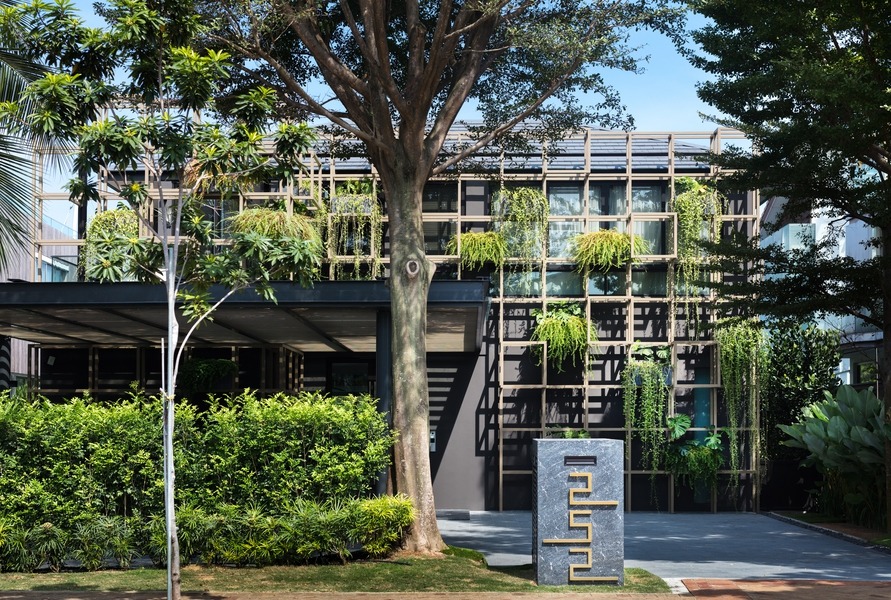
The Living Grid House, Singapore, is a fantastic example of thoughtful biophilic house design. With skylights letting light seep in, interior green walls and an extensive use of house plants, Not to mention the exterior grid-like facade.
The pandemic has also given a new lease to biophilia: how quickly an experience of nature can elicit a therapeutic response. Biophilic design is the moment’s need, providing people opportunities to live and work in environments with less stress and greater overall mental health and well-being. Cities like Dubai and Singapore, with their biophilic design in architecture, are great examples of incorporating these strategies.
The LEED-certified Sanofi is a biophilic design office in Dubai that transforms the conventional space using biophilic elements into a seamless outdoor illusion.
Biophilic Designs In Our Homes
The biophilic design was featured in Pinterest’s 2022 trend report, noticing a significant spike in the nature-focused trends taking centre stage- Earthy neutrals, sustainable décor, ample daylighting, vegetation, natural contours, handmade items and organic textures. All these elements take a plunge towards biophilic décor with people wanting to create an ‘indoor-outdoor’ connection within interior spaces – simply bringing the outside in.To increase the connectivity with nature in your homes, consider the above ideas to incorporate a biophilic interior design.
Invite Natural Lighting
Make your home’s environment feel more natural through lighting that simulates nature and regulates our moods. Start by assessing the natural light in your space by organising your furniture around the windows and keeping the entire area clear and unobstructed. Induce more brightness by creating a skylight to filter more natural vibe in your area.
The local architectural firm incorporated planted terraces around a verdant courtyard into Jungalow house in Surat, Gujarat, that can be retracted to open the interiors toward the outdoors.
Incorporate Natural Materials
Bridge the gap between your home and nature by decorating your space with natural materials like wood, clay, cork, rattan, jute, bamboo and wool to enhance the aesthetics. It’s the easiest way to add biophilia to your home. These materials can be incorporated through decor and furnishings, adding personality to your space. The raw, unfinished wood will give you a more natural vibe as compared to the finished and manufactured wood— bringing visual texture and depth into your room.
Ribeirão Preto Residence in Brazil- This dwelling serves as ‘nature connected heavens” and uses a combination of wood, concrete, metal and glass to compose the home’s rectilinear volumes. The teak screens and an overhanging roof help shade glazed walls and reduce solar penetration.
Include Water Feature
The sound of flowing water avails a sense of deep relaxation of your body and mind, taking you to your own “cocoon”. If you have some space in your garden or outdoor area, having a small pond is an excellent way of experiencing a pleasing water musical. Another way of incorporating this feature is a tabletop fountain or a saltwater aquarium; the gentle yet not so distant sounds of water dripping or burbling are enough to take one away to a zen mode or perhaps even the flushing meadows.
This house in Vadodara is a beautiful example of biophilic interior design incorporating natural elements to a tee. The prayer room is surrounded by a waterbody on three sides and is connected to the family room, separated by an L-shaped brick netting.
Embrace Earthy Tones
Using neutral or earth tone palettes is a subtle way to seed in more natural aura in your home. Consider using brown, green and blue subdued tones as they are soothing yet create a bold and saturated feeling. Move a step further and introduce these hues into your home through decor, furnishings and finishes like flooring and paint colours. Layering these colours makes the layout stylish while rejuvenating the mood and well-being of the inhabitants.
Mews House in Knightsbridge, London- The home’s “sense of calm and tranquillity” is encapsulated with natural materials, organic textures and a gentle colour palette.
Decorate with Plants
Have you ever wondered why plants make some people happy and calm? This idea comes straight from biophilic interior design. Decorating the house with plants adds freshness and creates a direct connection with nature. The more you can add without overwhelming your space, the better. As it’s always been said, ‘The more plants, the merrier!’ Simple touches of green with succulents, cacti and air plants should suffice. Plants with different heights bring in variety and depth.
The architects transformed this dining space into nature’s paradise by adding warm textures, an open and sleek sky glass roof and raised indoor green seating.
Biomorphic Forms and Patterns
Biomorphic Forms & Patterns are the symbolic representation of contoured, patterned, textured or numerical arrangements that persist in nature. The aim is to incorporate this layout to create a visually preferred environment that enhances the cognitive performance of the occupants while helping reduce stress levels. Today, contemporary architecture and biophilic design have introduced more organic building forms with softer edges inspired by trees, bones, wings and seashells. Nature is where inspiration comes from, that’s the golden rule.

A great example of Biomorphic Architecture with a wing-like brise-soleil pavilion that opens up and closes like the wings of a giant bird. Milwaukee Art Museum is truly an architectural marvel, a sight to behold!
Biophilic Design is the Future of the Workspaces
The pandemic has caused a generational shift in work culture. Homeworking is here to stay, and home offices are a convenient workplace if done up right. Before the pandemic, employers spend an average of 8-9 hours sitting in the same position, working in a monotonous environment inducing stress and health issues. So what do offices need to adapt to regain their work culture? Biophilic design is the answer to the solution. Incorporating biophilic elements in the space can improve physiological stress, reduce absenteeism, and increase productivity while fostering connectivity.
You May Also Like
Inspiring Innovation with Biophilia- Amazon headquarters, Seattle
Here’s an interesting fact- During the opening of Amazon’s hybrid greenhouse and office space in Seattle, CEO Jeff Bezos commanded the company’s digital assistant “Alexa, open the Spheres”. Talk about a power flex; leave it to Mr Bezos to show how it’s done.
View this post on Instagram
And that’s how ‘Spheres’ was designed for employees to collaborate and innovate, surrounded by the beauty of nature. The distinctive and eye-catching building is a trio of glass spheres housing a multi-level botanical garden filled with thousands of plants, which can be viewed from multiple vantage points. The facade’s geometric pattern is extracted from a shape found in nature, Catalan solid. Underneath the glass domes, a layer of the film helps reduce the level of infrared radiation that enters and therefore, keeps the structure’s interiors cool. The company described The Spheres as “A direct link to nature” for employees, who can meet, work and dine—from a wood-slatted “birds nest” to terraces with banquettes and chairs.
Embracing Biophilic Architecture
“Creating biophilic, sustainable and wellness-focused designs isn’t just a sound investment. It’s doing the right thing for our people and universe.”
We are somehow disconnected from our natural surroundings in an urban technological world. Implementing biophilic elements in our spaces creates a more robust environment that synchronises with the natural biorhythms. The burgeoning excitement and demand for the design have led architects and designers to trace the part of the next era of biophilic design in architecture – an age where buildings improve human capacity, and mental restoration, enhance creativity and expedite healing. Biophilic interiors advocate a more humanistic approach to design and celebrate how we live, work and learn with nature. Humanity, after all, has an affiliation with nature.






